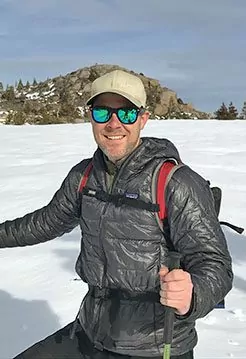How do Slot Canyons Form?
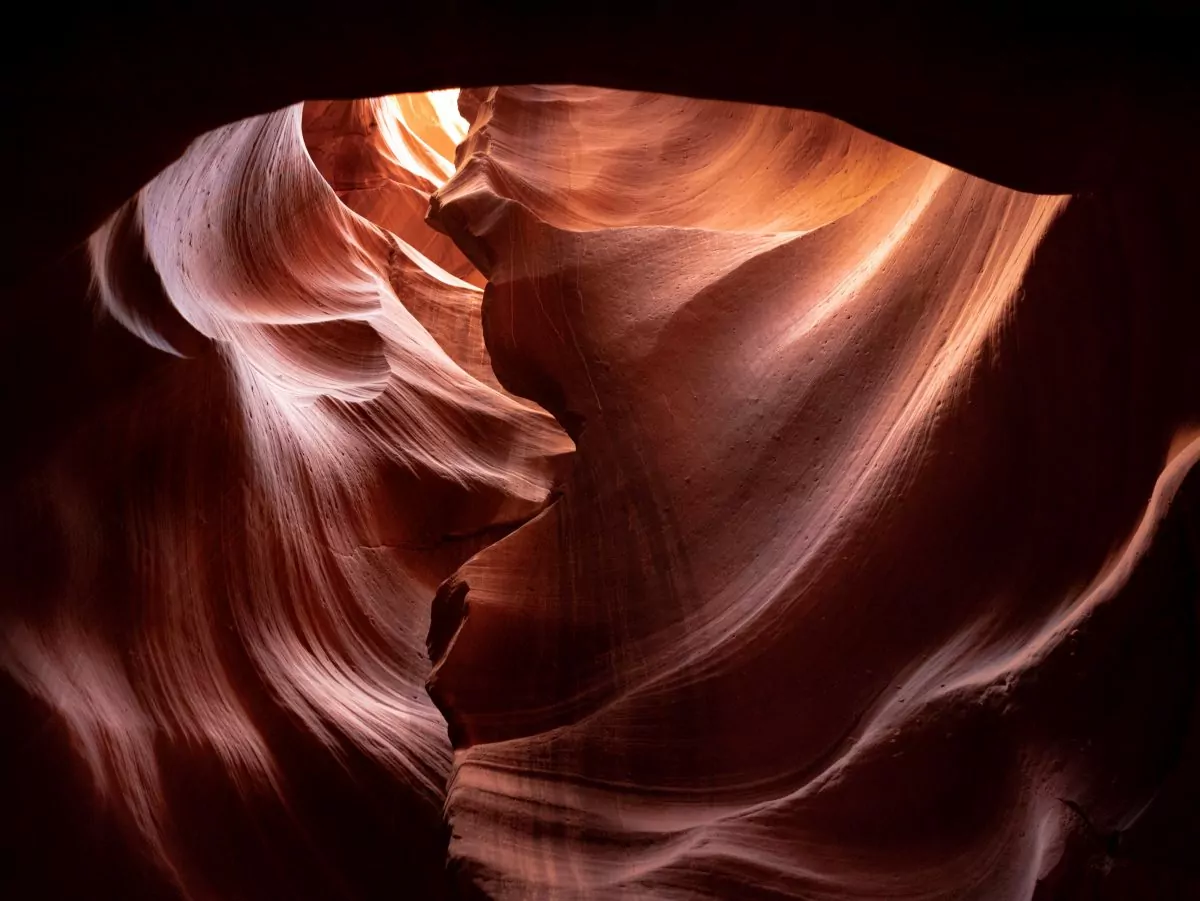
You may have seen photos or been lucky enough to visit the Southern Utah desert in person. Deep cut trenches in the earth draw your attention and mesmerize you with their beauty. But how do slot canyons form?
The Colorado plateau is a tilted block of uplifted earth that occupies the four corners of the American southwest. Best encapsulated, it’s the result of western Colorado, northern Arizona, northwest New Mexico, and the southern half of Utah smashing together in a momentous red, grey, and beige collage of towering walls, bizarre stone configurations, craggy valleys, and dark, plummeting gorges.
Adorned with every life-zone found from Central America to northern Canada, this perpetually-studied region of North America is an edgeless canvas of heart-stopping vistas and savage environments — a place to be reckoned with and loved at the same time.
Award-Winning USA Hiking Vacations
Where can I find a slot canyon?
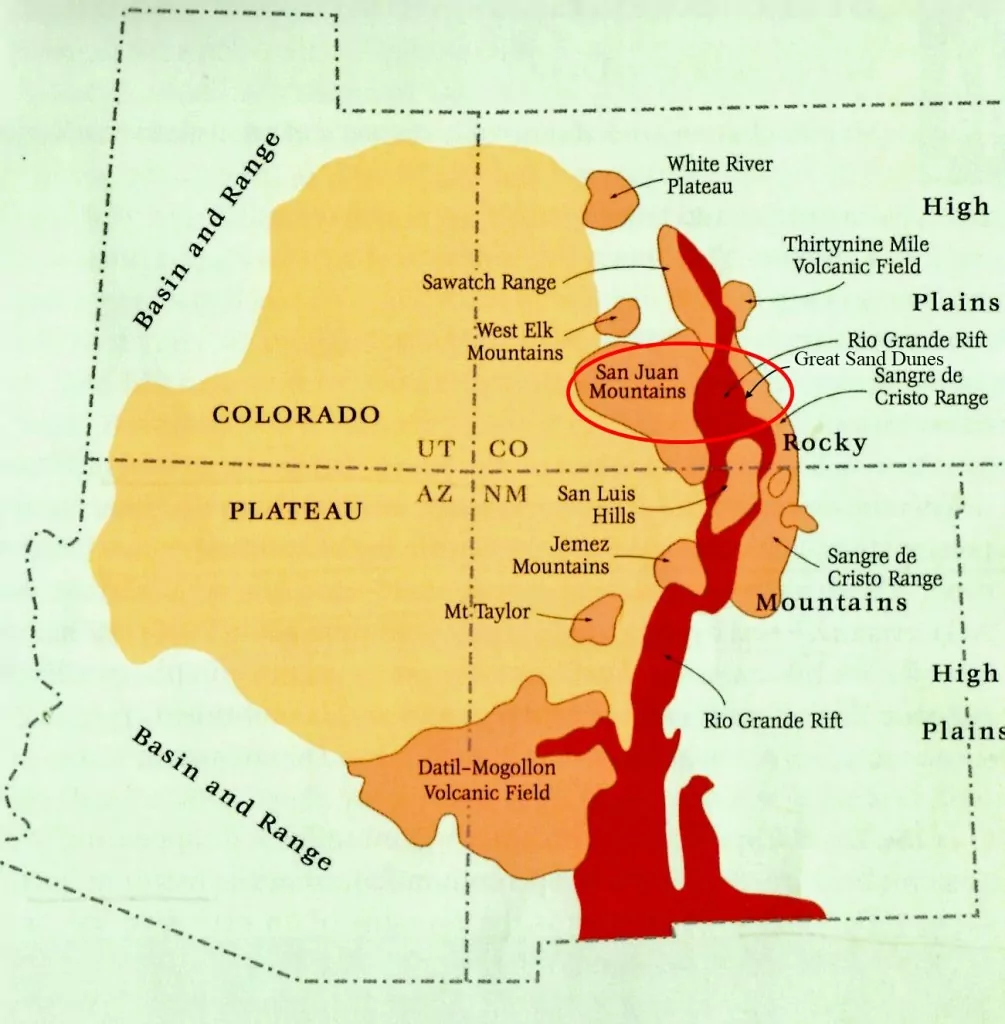
It’s no surprise that the Colorado Plateau has the greatest number of named National Park Service units outside of our nation’s capital. This geographic area is also home to a large concentration of incredible slot canyons. Gateway towns such as Escalante and Boulder, both located in Utah, are teeming with these mysterious canyons that draw you in.
Cutting through the Colorado Plateau is a winding, sandy web of slot canyons that serves as a natural channel system, moving water from the smaller individual plateaus into the region’s primary architect, the Colorado River, and its feeders, the Green, San Juan, and Little Colorado.
Read Buckskin Gulch: the deepest, longest slot canyon in the world.
Narrow then wide, sunlit then cooled black, these incredible formations have cracked through the desert as a result of centuries of erratic, tumultuous rainstorms, sand-spitting winds, snowmelt, and geologic upheaval.
Best of all, they’ve provided countless Wildland Trekking guests with bucket-list memories and thrilling hiking vacations.
How do Slot Canyons Form?
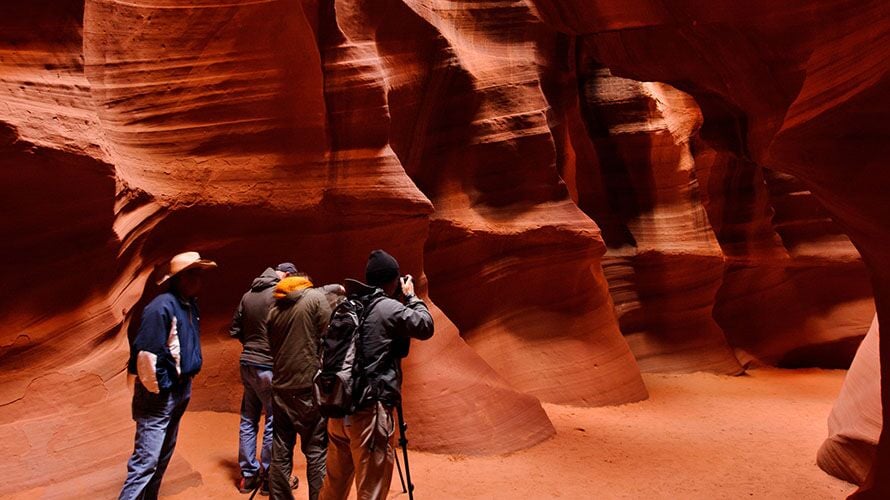
Most slot canyons start as subtle, low-cut undulations in the topsoil, eventually becoming a serene creek or periodic path for run-off.
Over time, these ankle-deep waterways continually become subject to the wrath of much greater natural forces, often in the form of runoff that has gained momentum from storms miles away.
The rapid onset of frothing water full of rocks, sand, and debris carve, chisel, and smooth canyon walls and carve down their floors, deepening a trench by fractions of an inch after every spring melt or late summer thunderhead.
Canyon walls have no choice but to acquiesce to their raging aquatic content, bending and twisting to its will.
What type of rock is involved?
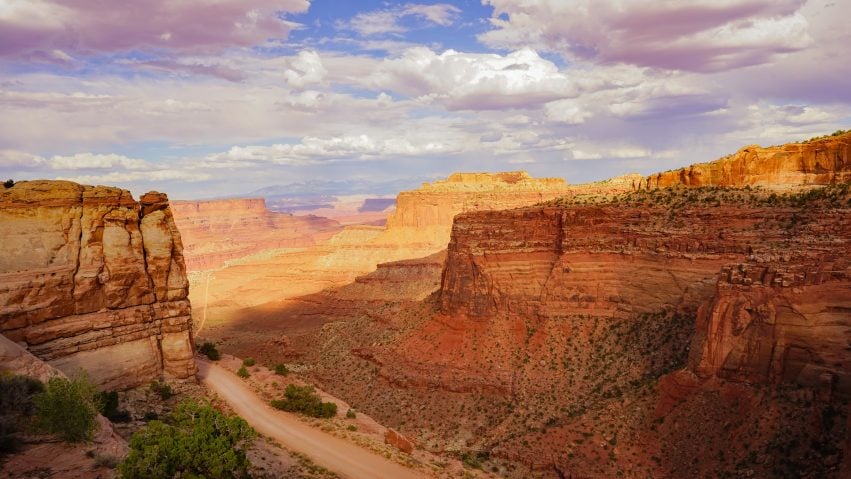
Rock quality and makeup also determine the shape and depth of a canyon.
As the canyons are cut, water will meet more durable rock types, forcing it to find another path. This helps explain sudden turns and varying slot canyon depth.
Sandstone is the most evident rock type that forms into slot canyons, as it is composed of compressed sand and is, therefore, more susceptible to the chemical and physical erosional forces of water.
However, as evidenced by the Grand Canyon, with enough time and force, anything can be broken down. Especially when water is charged with the task of having to be somewhere.
Slot canyons occur in many other places around the world, but few offer the variety and sense of awe as the Colorado Plateau.
Join a hiking vacation and explore these incredible natural wonders with us this spring or summer. See what water is capable of.




